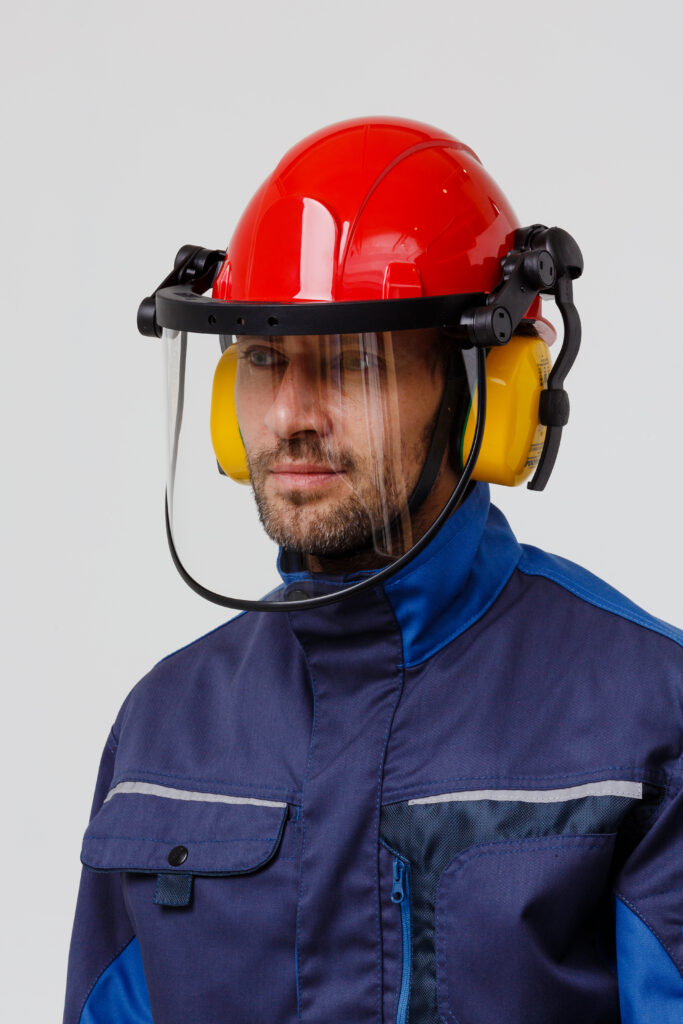Why Eye, Face & Head Protection Is Important?
Majority of the jobs in most workplaces today, require high levels of eye, face, and head protection. Industries in which employees are in contact with flying objects, falling debris, smoke, fumes, dust, laser beams sparks, very bright lights and chemicals need proper protection. These objects, bright lights and smoke can cause serious injuries to the eye and head. They can cause abrasions, punctures, contusions and even blindness. It is therefore important for people working in such industries and other hazardous areas to wear primary eye, face, and head protection equipment.

Understanding Personal Eye Protection Standard
All Protective eyewear is tested to meet a specific set of standards and is marked according to its protective ability. Although there are many standards for safety eyewear dependent on its purpose, all eyewear intended for use in the workplace must meet a core European standard: EN 166:2001.
EN Related Eyewear Safety Standards
- EN 169:2002: Personal eye protection – Filters for welding and related techniques – Transmittance requirements and recommended use
- EN 170:2002: Personal eye protection – Ultraviolet filters – Transmittance requirements and recommended use
- EN 171:2002: Personal eye protection – Infrared filters – Transmittance requirements and recommended use
- EN 172:1995: Personal eye protection – Sunglare filters for industrial use
- EN 175:1997: Personal protective equipment – Eye and face protection during welding and allied processes
- EN 379:2003+A1:2009: Personal eye protection – Automatic welding filters


Head Protection
Yet to harmonize the international standards – ISO with other standards in such as ANSI in USA and EN in Europe.
ANSI, the American Standard for Head Protection
The most recent standard was approved in July 2003 and continues to cover requirements for two types of impact-resistant helmets
1. TYPE I (Top Impact)
Helmets intended to reduce the force of an impact to the top of a wearer’s head.
2. TYPE II (Top and Lateral Impact)
Helmets intended to reduce the force of an impact resulting from a blow received off-center or to the top of a wearer’s head.
Electrical performance
1. CLASS E (Electrical)
Helmets intended to reduce the danger of exposure to high-voltage electrical conductors, proof-tested at 20,000 volts.
2. CLASS G (General)
Helmets intended to reduce the danger of exposure to low-voltage electrical conductors, proof-tested at 2,200 volts.
3. CLASS C (Conductive)
Helmets not intended to provide protection from electrical conductors.
The electrical performance requirements in the 2003 standard are identical to those in the 1997 standard.
